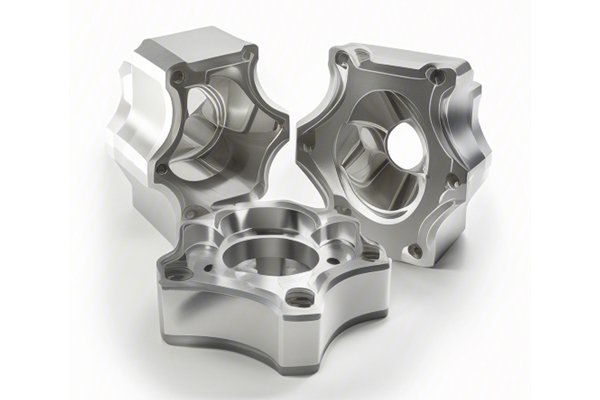: The Silent Battle of Intellectual Property
Did you know that, according to the World Intellectual Property Organization (WIPO), around 30% of all businesses fail due to intellectual property theft? In the ever-evolving world of manufacturing, protecting intellectual property (IP) is more critical than ever—especially when it involves advanced processes like Computer Numerical Control (CNC) machining. This article delves deep into how CNC machining can serve as a robust fortress against the encroachment on customers’ intellectual property rights during the manufacturing process.
Understanding Intellectual Property in CNC Machining
What is Intellectual Property?
Before we dive into how CNC machining can protect IP rights, it’s essential to understand what intellectual property is. Intellectual property refers to creations of the mind—these could be inventions, designs, logos, names, or processes that distinguish a company’s products or branding. For manufacturers, this often means proprietary designs and technical specifications that give them a competitive edge.
Why Is IP Important in CNC Machining?
In the world of CNC machining, where precision and innovation are paramount, intellectual property can dictate the success or failure of a product. Maintaining proprietary rights ensures:
The Challenges of Protecting IP in CNC Machining
Despite the importance of IP, manufacturers face several challenges in safeguarding their designs and innovations. Some of these challenges include:
Strategies for Protecting IP Rights in CNC Machining
Now that we’ve established the importance of intellectual property in CNC machining, let’s explore the detailed strategies manufacturers can employ to safeguard their valuable assets.
One of the first and most effective measures is to establish non-disclosure agreements with all parties involved in the CNC machining process.
In an era where digital exchanges are common, utilizing secure file transfer protocols can significantly reduce the risk of IP theft.
Restricting access to sensitive designs and specifications can limit the risk of IP theft during the manufacturing process.
Ensuring that your employees understand the significance of intellectual property and the implications of IP theft is crucial.

CNC machining technologies continue to evolve, and adopting cutting-edge tools can facilitate better IP protection.
Implementing a robust IP management system can vastly improve a company’s ability to monitor and protect its proprietary assets.
The Role of Legal Protections in Maintaining IP Rights
Alongside the above measures, a solid legal framework can help companies enforce their intellectual property rights.
When you have a unique invention or design, securing a patent is crucial.
Registration of logos, names, and branding elements can further protect your IP.
Maintaining detailed and chronological records can be beneficial in legal disputes over IP rights.
Real-world Examples: Successful IP Protection in CNC Machining
Case Study 1: A Leading Automotive Manufacturer
An automotive manufacturer implemented stringent NDAs and access controls, resulting in a significant decrease in IP theft incidents. They used advanced encryption technologies to protect digital designs and educated their staff regularly on IP importance, leading to better compliance and protection.
Case Study 2: A Startup in Aerospace
A startup in the aerospace sector effectively leveraged patent protections to secure innovative designs. They adopted a rigorous IP management process, which included regular audits and employee training, ultimately securing several lucrative contracts and partnerships.
: The Imperative Nature of IP Protection in CNC Machining
In the intricate landscape of CNC machining, the importance of protecting customers’ intellectual property rights cannot be overstated. From implementing NDAs and secure file transfers to advanced technologies and legal protections, manufacturers must be proactive in safeguarding their most valuable assets.
Key techniques, such as access control, educating employees, and utilizing technology, create a multi-layered defense against potential breaches. As the consequences of inadequate IP protection can have dire repercussions for a business, including loss of exclusivity and financial damages, this subject deserves thoughtful consideration and action.
Ultimately, protecting intellectual property is not only a moral obligation but also a strategic one. Companies that prioritize IP protection are more likely to thrive in today’s competitive landscape, ensuring both sustainability and growth. As this blog demonstrates, understanding and actively safeguarding intellectual property rights is of paramount importance in the manufacturing sector—especially in CNC machining, where creative innovations can define success.






